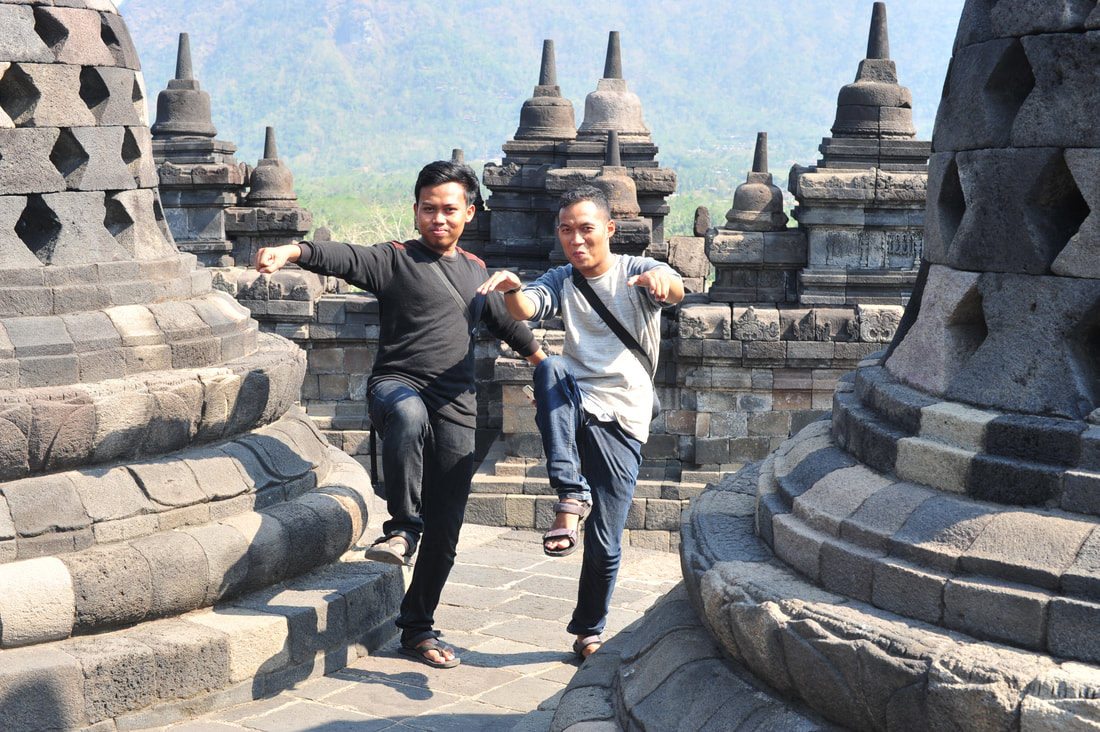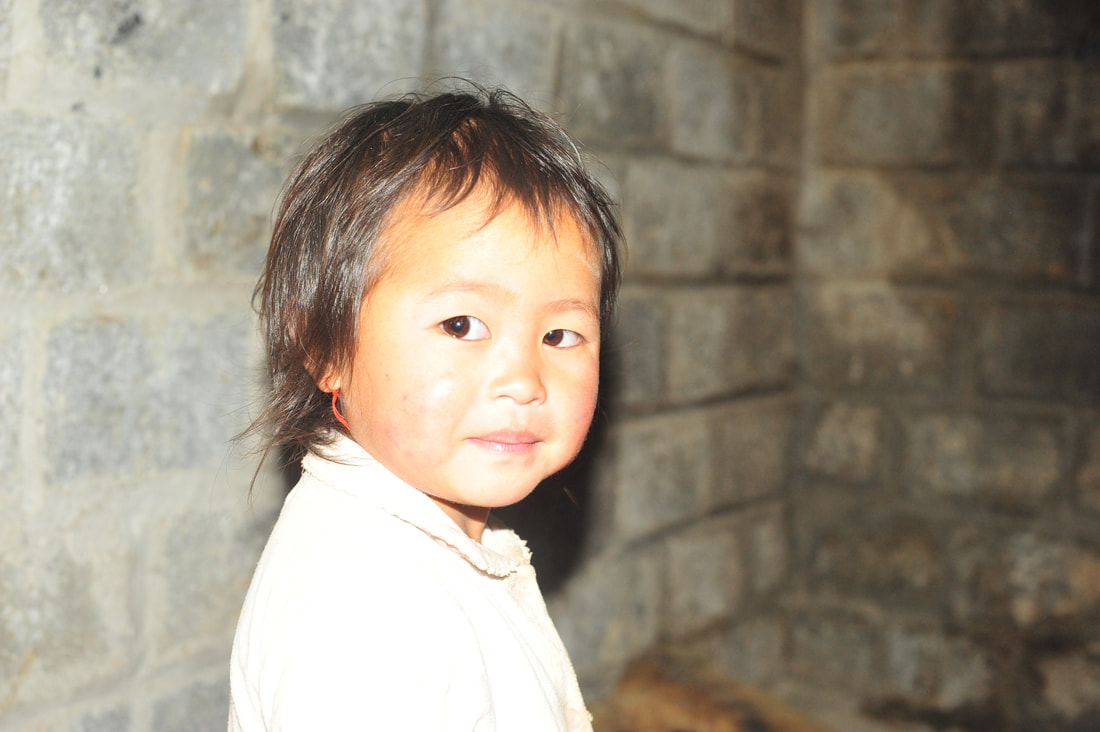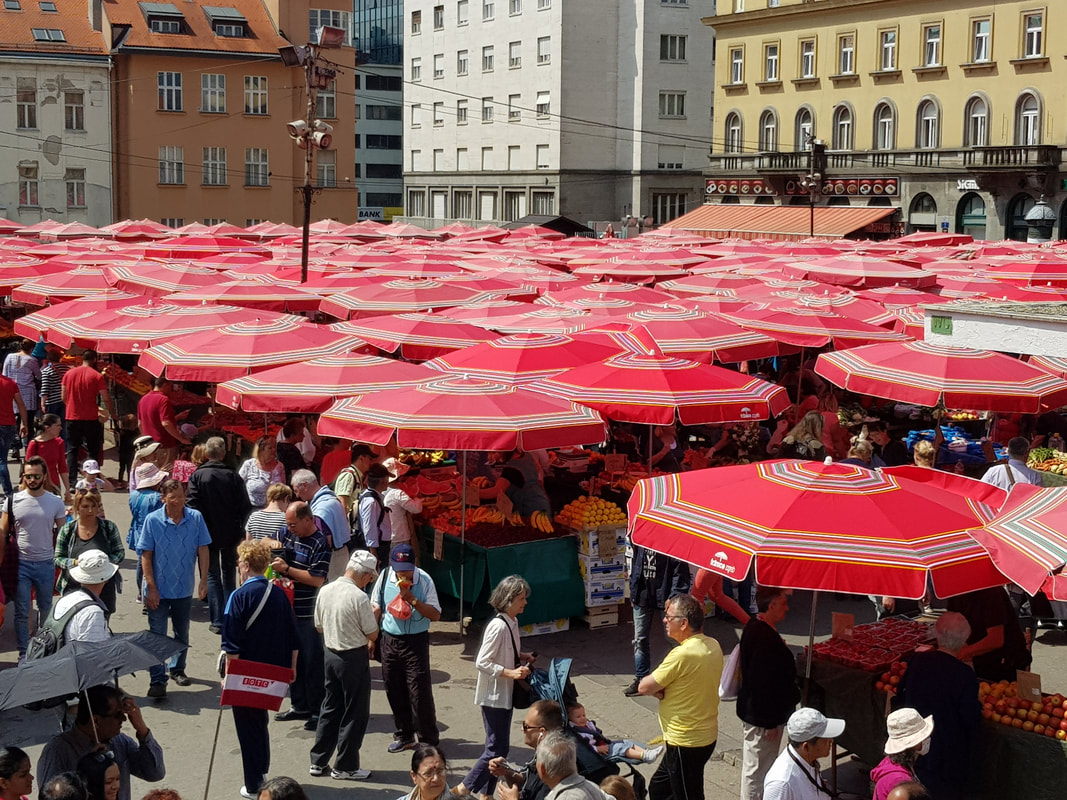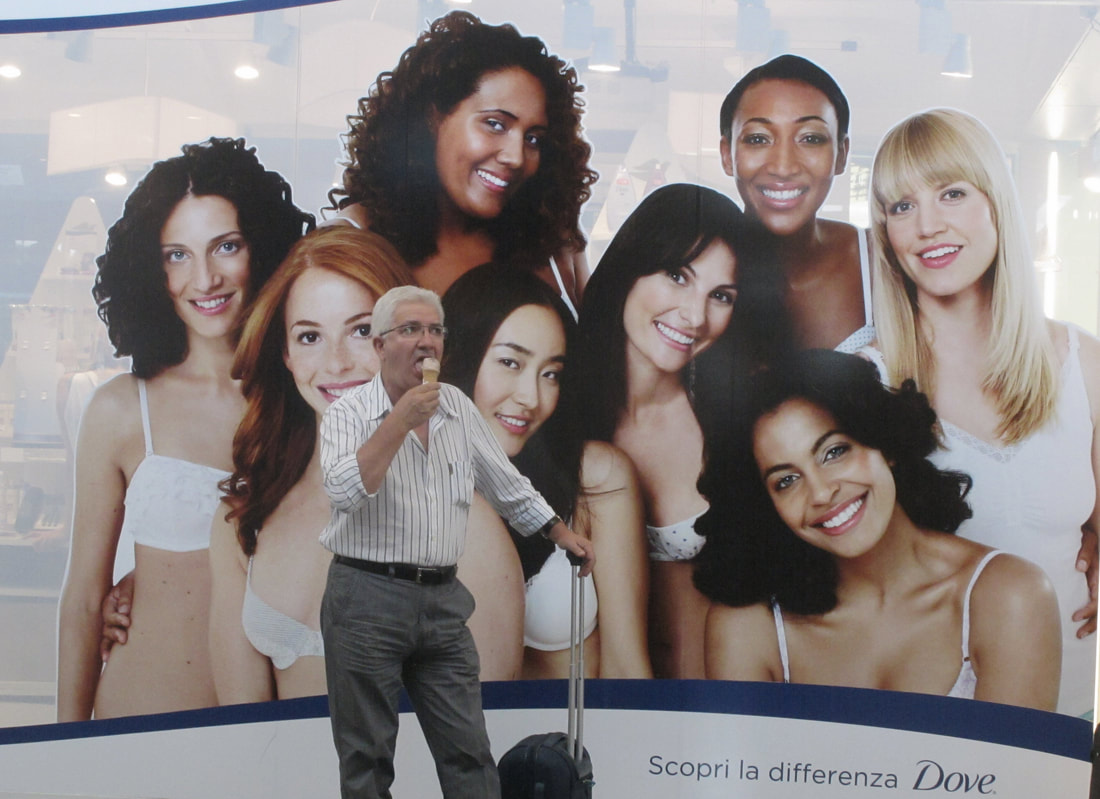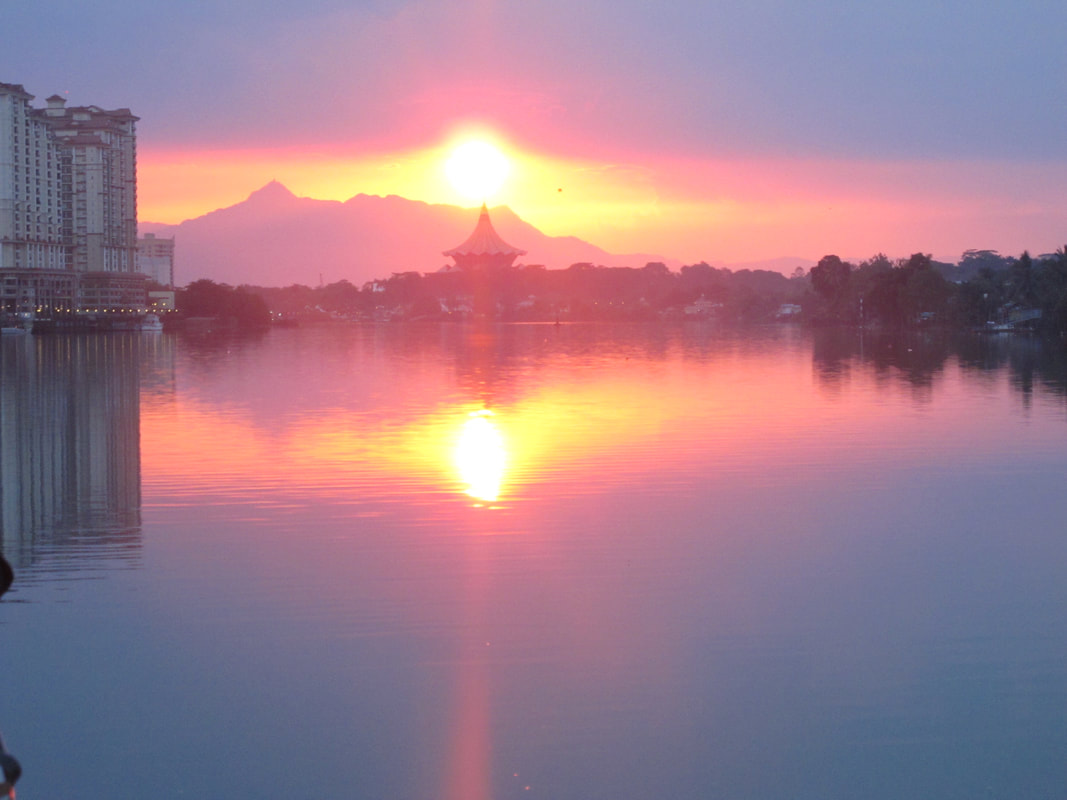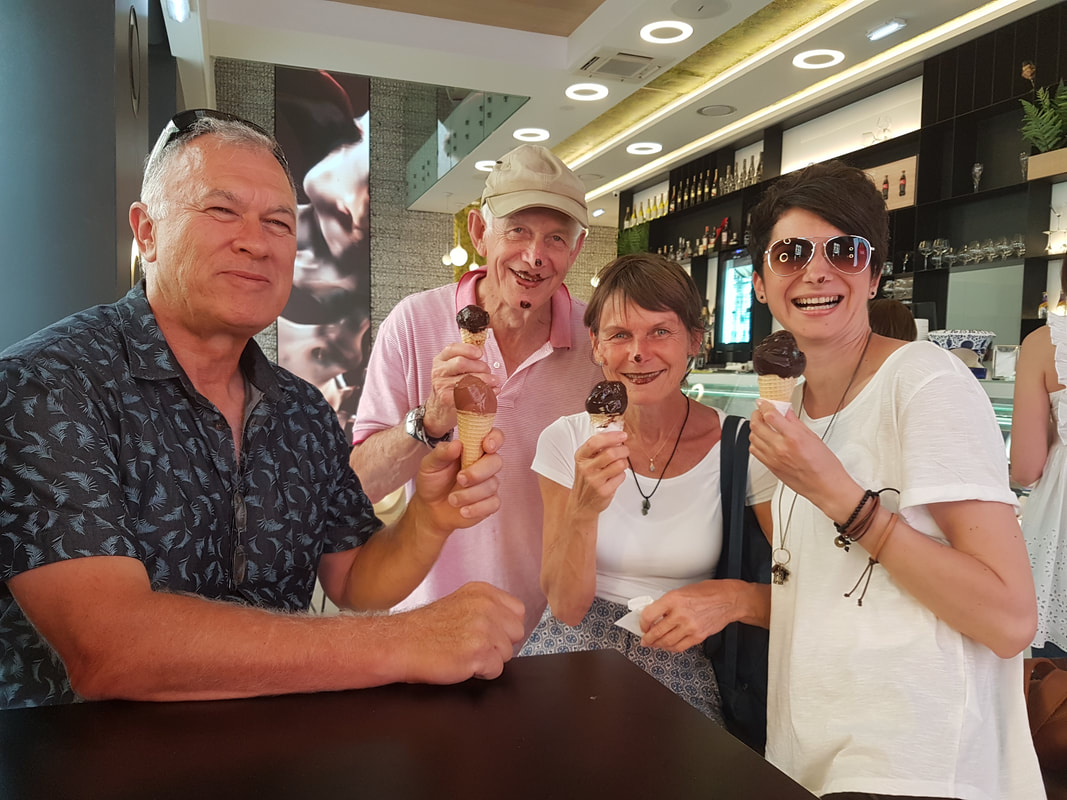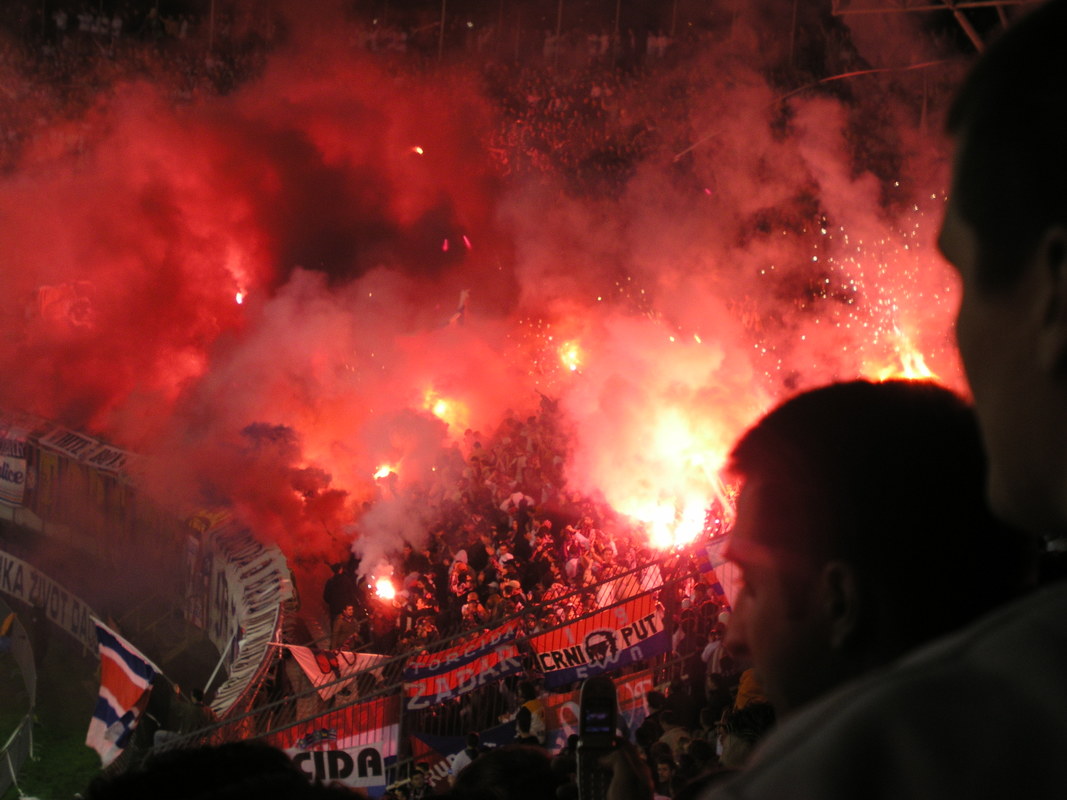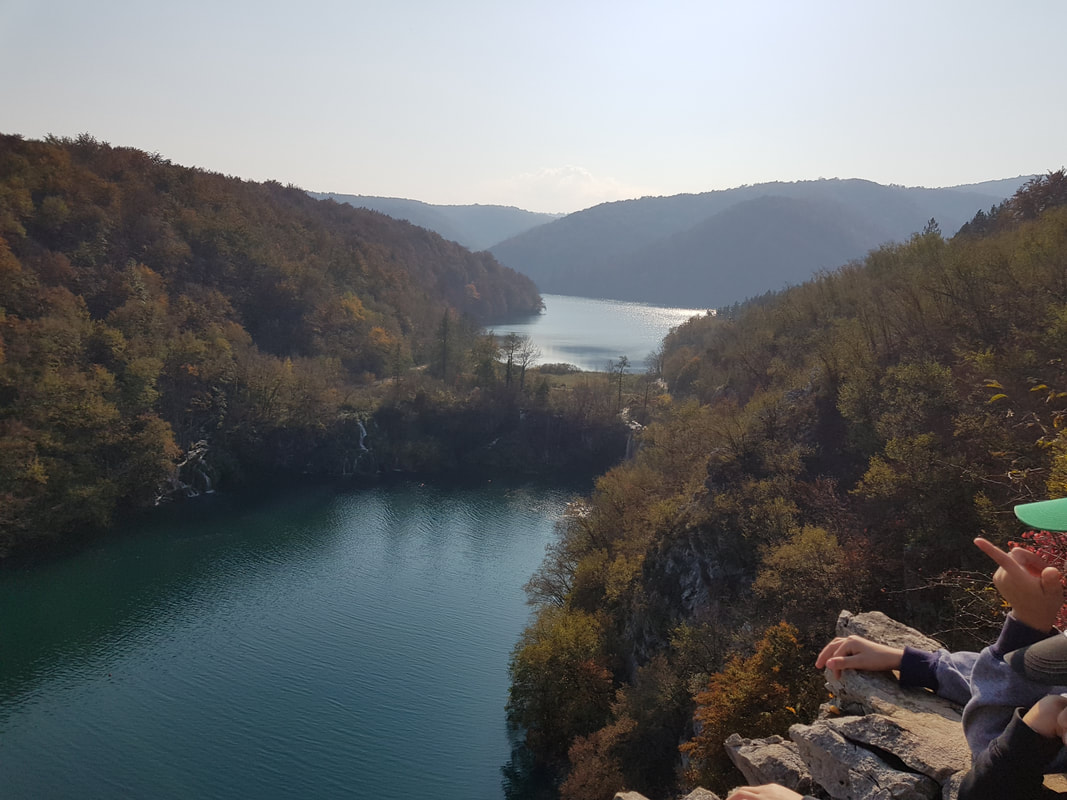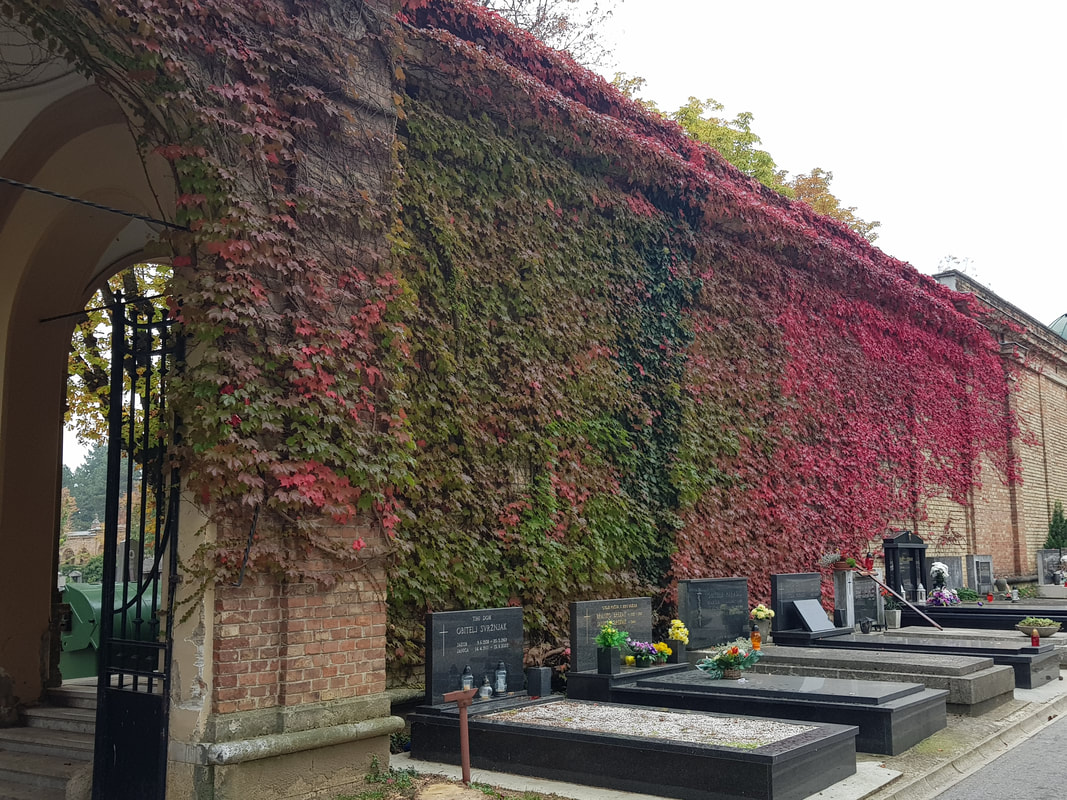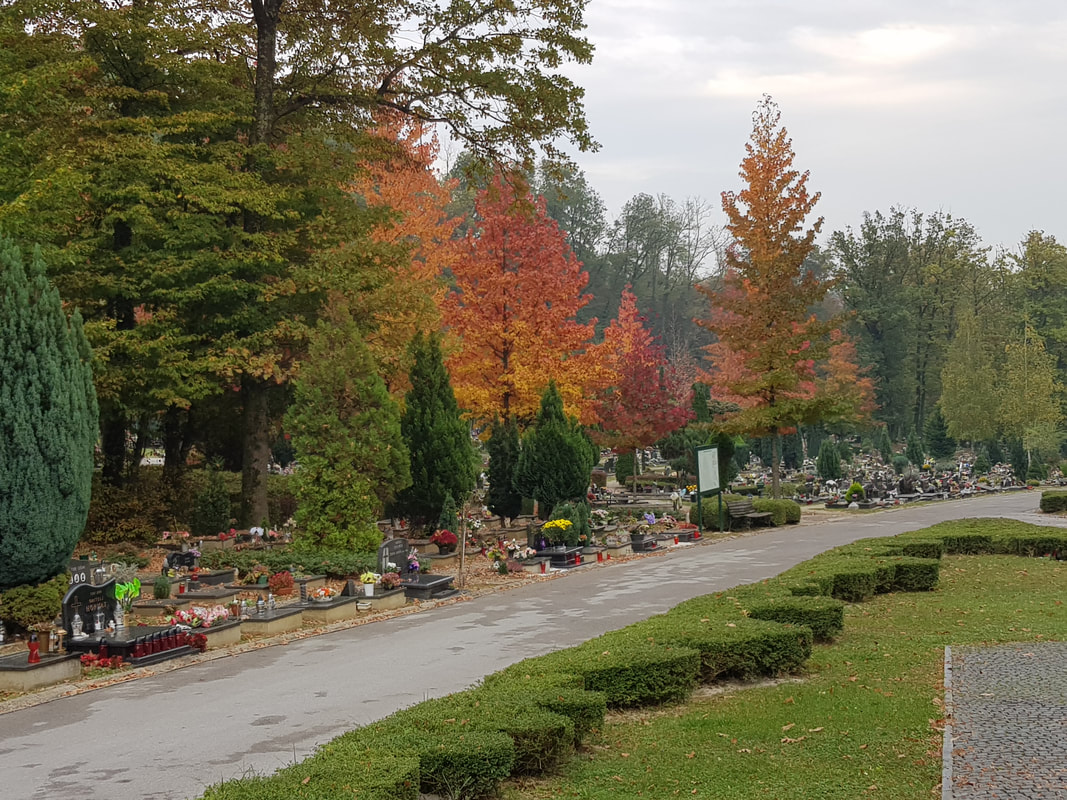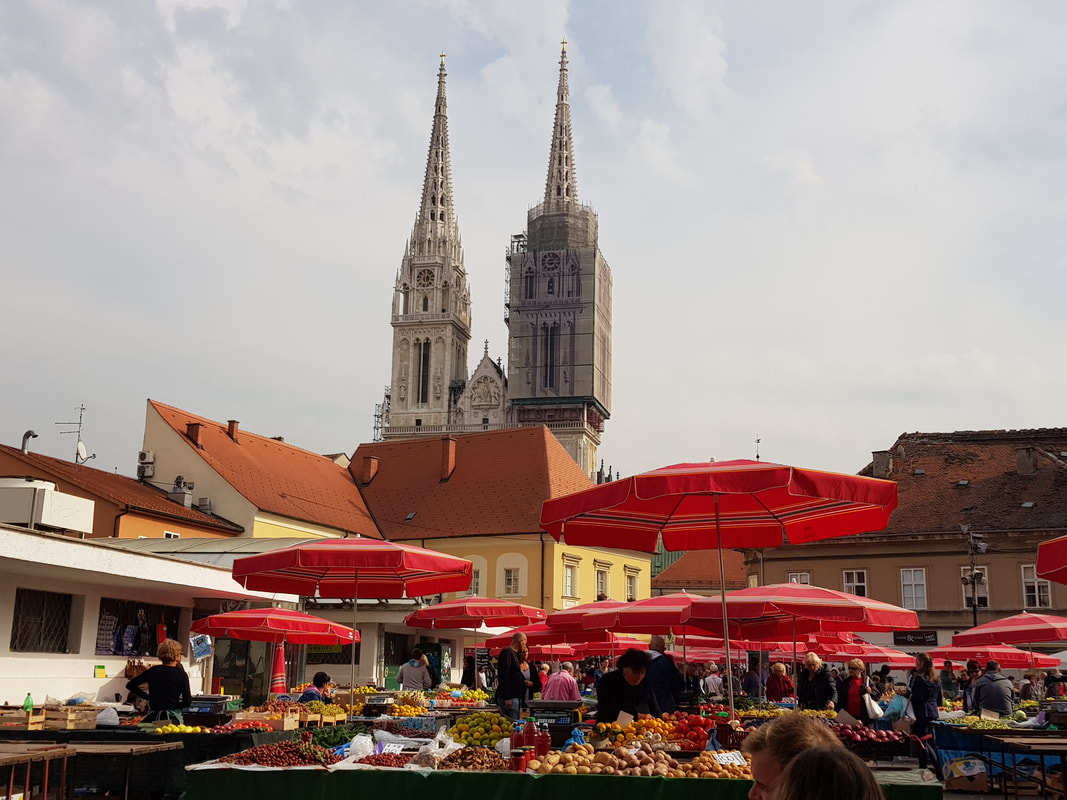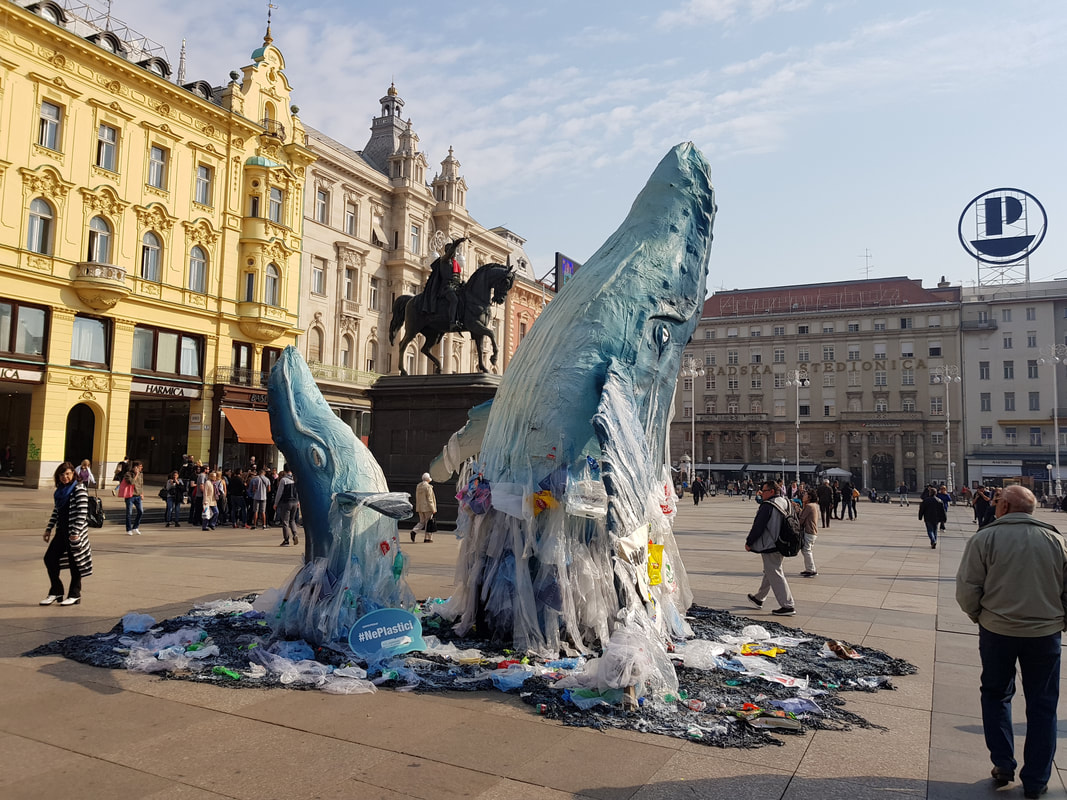Borobudur, Indonesia.
Last addition made 11.08.2018
My two wonderful friends Doni and Gilang. Perhaps these should be in my "At work" page since, as is obvious, I was working hard in Solo (Surakarta) in central Java.
Our hiking guide in Sapa, northern Vietnam, took us to her home for dinner after a long cold and wet day walking in beautiful green tropical landscapes. This is her two-year-old daughter. Unbelievably gorgeous! Seems to not know the meaning of complain, grizzle, or cry.
The main market, called Dolac, in Zagreb Croatia. Just one of dozens.
He obviously has je ne sais par quoi! But he doesn't know it ... Rome central railway station.
Kuching, Malaysia, August 2016
Can there be anything as good as choc-coated orange ice cream in Zagreb, Croatia? You want to pig out on it so much that you have to be careful not to dip your nose in it!
A portion of the crowd at the big Croatian soccer derby (Hajduk Split vs Dinamo Zagreb) in Split. The ref stopped the game three times because the players could not see the ball).
From 12 October 2018 ......
Plitvice Lakes, Croatia. Fifteen lakes, one flowing into another. One of the natural wonders of the world.
On occasions, one lake is much higher than the next. Result: waterfall. Allow two day for this wonderland. If you can, in autumn and after heavy rains.
Yes, when a cemetry is this beautiful (and this is only a tiny sample) it is worth a visit. Miragoj cemetry, Zagreb.
Especially in autumn ......
Dolac morning markets in Zagreb. Not the pointy things in the background ....
A Green Peace anti-plastics protest in the main Zagreb square. A current-day issue in counterpoint with a past grandeur.


